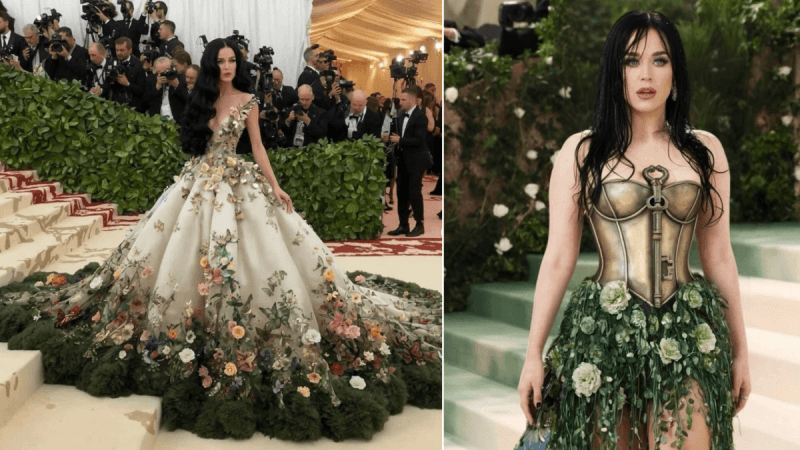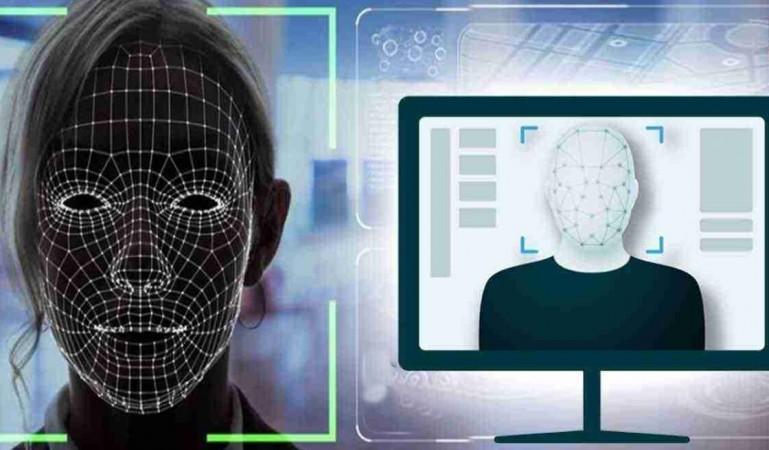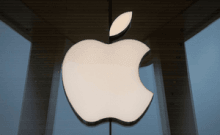
In May this year, unsuspecting images of Katy Perry supposedly taken at the Met Gala went viral, with some fans stating that Perry "stole" the show at the event's red carpet. The problem is that it wasn't Perry but an AI-generated image of her. It managed to fool many unsuspecting fans and even Katy Perry's mom.
While this is all for laughs and giggles, serious discussion is essential among the populace about creating an AI version of yourself visually online. With over 15 billion AI-generated images as of August 2023, people must fully understand this new technology trend.
For this, we turn to insights and advice from ExpressVPN, highlighting the various trends that helped shape the rise of AI images. Understanding the ramifications of AI twins—both ethically and legally—and what we can do about them is crucial. With AI art not going away soon, knowing how this will impact your digital journey and how you can protect yourself from being replicated online without your consent is not just essential, but empowering.
AI Image: Booming Popularity
Before we discuss the ramifications of AI art in our daily lives, we need to first discuss where it all began and what specific platforms promote AI image generation hugely. For that, we must start discussing Generative Adversarial Networks (GANs), first introduced in the mid-2010s.
To understand this technology concept, GANs are usually two neural networks pitted against one another. One network creates new images, while the other assesses their realisticity. This technology soon went beyond the realm of art, improving computer vision systems and offering lifelike models for AI education.

Fast-forward to today, and we now have a variety of platforms that promote generative AI images, including DALL-E, Midjourney, Adobe Firefly, and DreamStudio, among others. By simply inputting specific text prompts to describe your ideal image, you can generate an image based on your liking and specific styling, including art style and specific lighting methods.
What started as an experimental way to test creative ways to generate images has resulted in various business ventures to commercialise GenAI images. These include Apps like Lensa AI that have popularised turning ordinary selfies into stylized portraits reminiscent of high-fantasy realms. In addition, commercial ventures now mould an ideal influencer like Aitana Lopez, an entirely AI-generated model with over 311,000 followers on Instagram.
In short, modern AI-generated faces are designed to amaze and be used in marketing and advertising imagery. Studies have shown that these faces are even more realistic than real human faces. Not only do they have a realistic appearance, but they can be made fast and nearly for nothing. These virtual entities provide a valuable substitute for human models.
Understand Ethical, Legal Ramifications of Digital Twins
Given the recent nature of these generative AI models, clear legal rulings about their ramifications for society are still needed. For instance, significant features of AI-generated content are still mostly untested in courts due to the United States' dependence on outdated copyright laws. This scenario suggests that society needs new legal precedents to clarify copyright in the era of AI, mirroring the early legal issues faced with the birth of AI art.
Meanwhile, determining authorship and uniqueness in work produced by AI presents a difficulty. Since AI frequently uses pre-existing data to create new content, we must ask: Is the output unique or merely a copy of the training set? Although the limits of what is deemed "transformative" are still up for debate in the legal community, the "fair use" concept in the United States allows for considerable flexibility in using copyrighted material to create transformative works.
Given the vague ruling that continues to persist about generative AI models, it's crucial to be acutely aware of how your images can be the subject of unauthorised AI twins in cyberspace. These can be used to deceive your relatives or loved ones out of money. Moreover, there has been a disturbing increase in deep-faked pornographic material that is being made without consent from the source material and can, unfortunately, be used to extort potential victims. This underscores the need for caution and vigilance in the digital age.

To protect yourself online from fraudulent AI twins, always note that before posting images or personal information online, give it some thought. AI systems may be trained with any piece of data, including images, to create synthetic likenesses. Restrict sharing to necessary situations and, whenever possible, use safe, private channels.
Moreover, consider employing services that conceal or significantly change your photos to stop AI from accurately exploiting your images to develop digital models. These technologies subtly adjust image features, which negatively impact AI algorithms.
Lastly, we should always keep up with changes to digital privacy laws and advocate for legislation that safeguards personal information. Take part in campaigns and sign petitions that demand greater openness in using personal data and stronger laws governing AI-generated material. By doing so, you can actively contribute to the protection of your digital identity and the control of your personal information.
Taking proactive measures to safeguard your digital identity can significantly reduce the risk of your images getting exploited for AI-generated content without your consent. You are responsible for protecting your pictures, a significant aspect of your identity, to preserve your privacy and control how your likeness gets used digitally. Stay alert, stay informed, and always advocate for your right to consent to using your images.

















